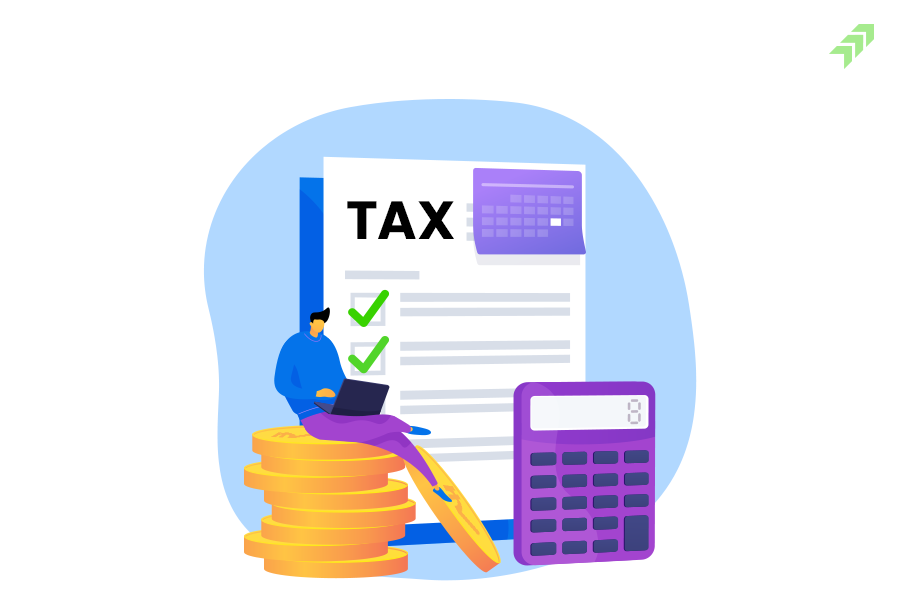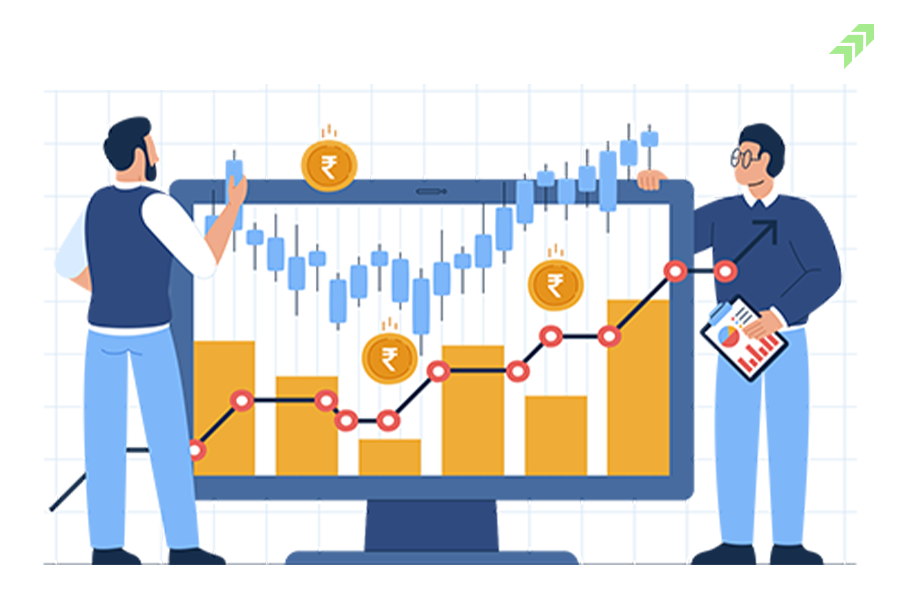New Income Tax Slabs FY23-24
Currently, there are two income tax systems from which a salaried worker must pick one each year. The previous tax regime that had been in place for a long time and the new personal income tax regime that was established in Budget 2020. Taxpayers can select between two income tax regimes starting from fiscal year 2020-21: the old tax regime and the new tax regime. The finance minister made several adjustments in the budget for 2023-24, including addition and even decrease in the new tax regime policies to make it more appealing and acceptable to the population.
The previous income tax regime retains current tax exemptions and deductions such as section 80C, section 80D, house rent allowance, LTC Cash Voucher Scheme, and so on, but the new income tax regime offers lower income tax rates and more slabs with no ability to claim tax exemptions or deductions. The new tax regime's revised income tax slabs go into effect on April 1, 2023.
|
New Tax Regime (Revised) |
New Tax Regime (Previous) |
Old Tax Regime |
|||
|
Income |
Tax Rate | Income | Tax Rate | Income |
Tax Rate |
| 0-3 Lakh | NIL | 0-2.5 Lakh | NIL | 0-2.5 Lakh | NIL |
| 3-6 Lakh | 5% | 2.5-5 Lakh | 5% | 2.5-5 Lakh | 5% |
| 6-9 Lakh | 10% | 5-7.5 Lakh | 10% | 5-10 Lakh | 20% |
| 9-12 Lakh | 15% | 7.5-10 Lakh | 15% | Above 10 Lakh | 30% |
| 12-15 Lakh | 20% | 10-12.5 Lakh | 20% | ||
| Above 15 Lakh | 30% | 12.5-15 Lakh | 25% | ||
| Above 15 Lakh | 30% | ||||
According to FM Nirmala Sitharaman, lifting the income tax exemption and slashing rates will cost India 35k cr rupees in revenue. Finance Minister also told that "We are also making the new income tax regime as the default tax regime. However, citizens will continue to have the option to avail the benefit of the old tax regime". Individuals who choose the new tax system would have their maximum rebate increased to Rs 7 lakh from the present Rs 5 lakh. As told in speech by Finance minster “those with income up to Rs 5 lakh do not pay any income tax in both old and new tax regimes. I propose to increase the rebate limit to Rs 7 lakh in the new tax regime. Thus, persons in the new tax regime, with income up to Rs 7 lakh will not have to pay any tax”. However, no statement was made about taxpayers under the previous tax scheme.
Old regime vs new regime
People have become accustomed to the old tax regime by devoting a portion of their income to tax-advantaged investments like loan on real estate and education, as well as premiums paid for health insurance. Individuals who choose the new regime will have more money, but they will lose some major exemptions, such as Leave Travel Allowance (LTA), House Rent Allowance (HRA), and deductions available under Chapter VI A of the IT Act Section 80, such as 80CCC, 80CCD, 80D, 80E, and so on. Section 80C is the single most important deduction section for tax-paying people, allowing them to decrease their taxable income by Rs 1.5 lakh all at once.
|
Deductions |
Exemptions |
| Public Provident Fund | House Rent Allowance |
| ELSS (Equity Linked Saving Scheme) | Leave Travel Allowance |
| Employee Provident Fund | Mobile and Internet Reimbursement |
| Life Insurance Premium | Food Coupons or Vouchers |
| Principal and Interest component of Home Loan | Company Leased Car |
| Children Tuition Fees | Standard Deduction |
| Health Insurance Premiums | Uniform Allowance |
| Investment in National Pension Scheme | Leave Encashment |
| Tuition fee for Children | |
| Saving Account Interest |
Long-term capital gains from home property in excess of Rs 10 crore would be taxed, even if reinvested in a new house property, according to the Budget speech of Finance Minister.
“This will provide major relief to all taxpayers in the new regime. An individual with an annual income of Rs 9 lakh will be required to pay only Rs 45,000. This is only 5 per cent of his or her income. It is a reduction of 25 per cent on what he or she is required to pay now, ie, Rs 60,000. Similarly, an individual with an income of Rs 15 lakh would be required to pay only Rs 1.5 lakh or 10 per cent of his or her income, a reduction of 20 per cent from the existing liability of Rs 1,87,500," Sitharaman explaining benefit through example.
The finance minister has raised the benefit cap under Section 87A. The prior tax regime provided a maximum Rs 12,500 rebate if the taxable income did not exceed Rs 5 lakh. The new tax structure, however, would grant a Rs 25,000 rebate if taxable income is under 7 lakh and does not exceed the provided figure, commencing April 1, 2023.
The old tax regime would continue to provide a Rs 12,500 refund for incomes up to Rs 5 lakh.
The tax burden is 0% till a person earns less than Rs 7 lakh. However, if the earnings exceed Rs 7 lakh, the Section 87A advantage is no longer valid.


















1 Comment
[…] What to expect from the union budget 2023 […]